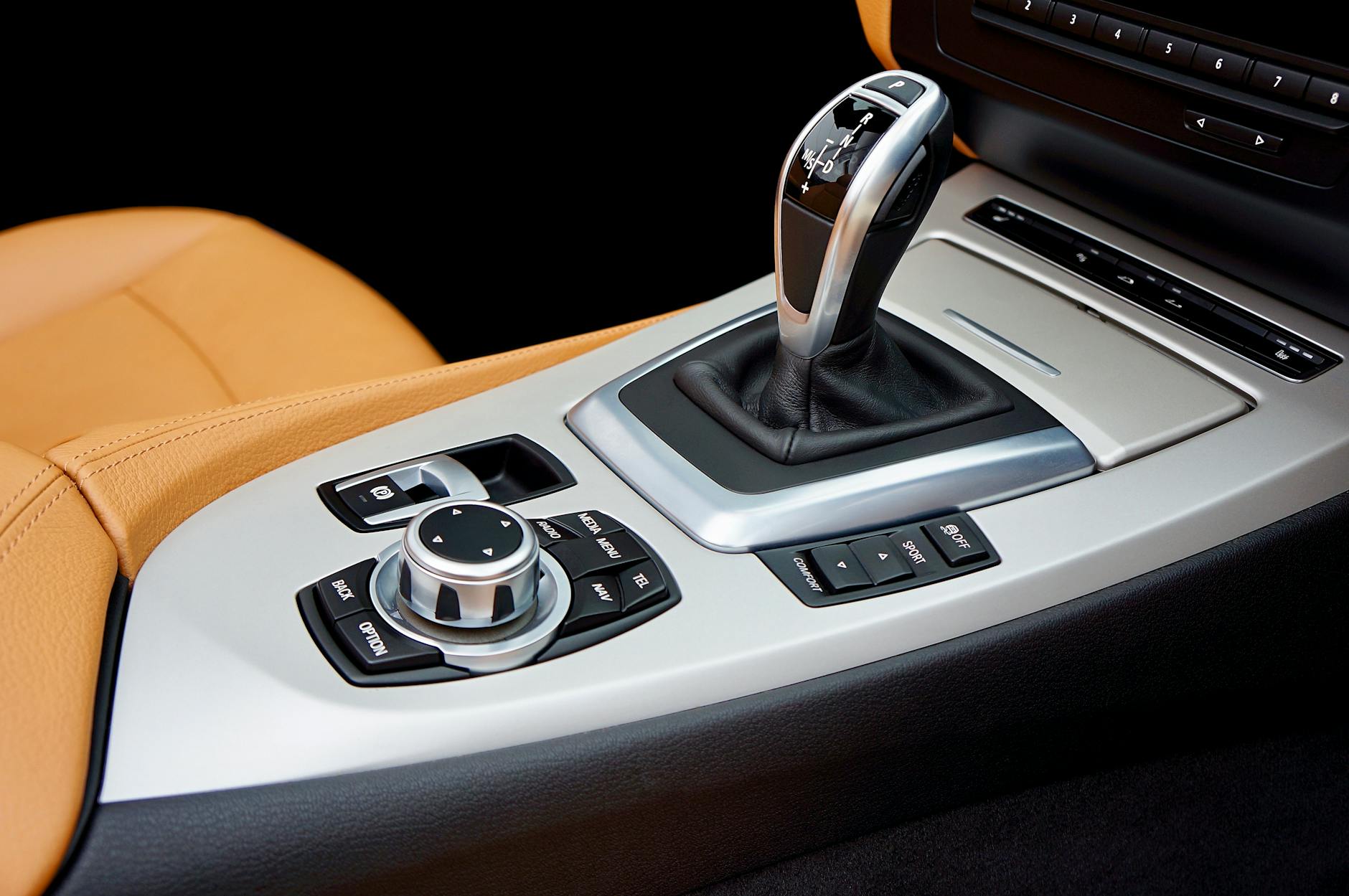What Makes Acoustic Design in Australia Stand Out from the Rest

Australian Acoustic Design Pioneers
When it comes to Australian acoustic design, the Melbourne Convention and Exhibition Centre stands as a testament to some of the nation’s innovative efforts. As professionals interested in acoustic design integration, it’s essential to recognise the tools and technologies that play pivotal roles in elevating a space's auditory experience. For instance, the integration of recording microphone systems is crucial in ensuring high-quality audio capture in various environments, from theatres to convention halls.
To enhance inclusivity in public spaces, the implementation of hearing loop systems is a key solution. These systems allow individuals with hearing impairments to connect directly with audio outputs, providing an improved experience. Ensuring such features are part of a venue’s design contributes to comprehensive accessibility—a priority in modern architecture.
In the design of auditoriums and large public gatherings, loudspeakers serve as another vital component. Proper placement and tuning can dramatically improve sound distribution, allowing an entire audience to experience audio as intended. The vibrant arts scene at Federation Square showcases how thoughtfully implemented acoustics can augment audience engagement during live performances and events.
With such advanced AV solutions becoming standard in large venues, Australia sets a precedent for future-forward design that balances innovation with access needs. This dynamic approach not only meets current demands but also anticipates future challenges, setting a foundation for inclusive auditory environments.
Unique Factors in Australian Design
Influence of Natural Landscapes
As an architectural acoustics consultant based in Melbourne, I've learned that Australia's natural landscapes significantly shape our design practices. The expansive bushlands, rugged coastlines, and lush rainforests aren't just breathtaking; they inspire innovative acoustic solutions. These elements influence how we conceptualise and integrate soundscapes within our architecture. For example, designing a concert hall might incorporate aspects from the serene acoustics found in the Royal Botanic Gardens, enhancing natural reverberation and minimising external noise.
Integration of Indigenous Cultures
Integrating indigenous cultures into our design methodology is essential, not only for cultural preservation but also for enriching our projects with traditional wisdom. Indigenous Australian sound practices offer valuable insights into creating acoustically harmonious environments. This culture deeply respects land and sound, and their methods showcase innovative ways to manage sounds naturally and sustainably. Collaborating with Indigenous communities provides opportunities to incorporate these age-old practices into modern design.
Climate Considerations and Adaptations
Australia's diverse climate poses unique challenges and opportunities for design. From the tropical north to the temperate south, acoustic design must adapt to varying humidity levels, temperatures, and weather conditions. Utilising climate-responsive materials and strategic elements, such as a motorised projector screen or data projectors, can help manage acoustics efficiently. These technological advancements ensure adaptability and resilience, allowing us to create spaces like the Melbourne Convention and Exhibition Centre that remain functional and comfortable year-round.
Acoustic Design Technologies
Cutting-Edge Tools Used
In the dynamic realm of acoustic design, numerous advanced tools are reshaping how we approach sound optimisation. One key innovation is the use of acoustic panels, which enhance sound quality by controlling reverberation and echo in both commercial and residential spaces. These panels are especially crucial when designing multi-purpose areas like those at the Melbourne Convention and Exhibition Centre, where managing diverse soundscapes is imperative.
Specialized Techniques in Urban Areas
Urban environments require unique acoustic solutions to mitigate the noise pollution that is an inevitable part of city life. Techniques such as sound masking and strategic placement of noise barriers are vital. Innovative approaches, like the incorporation of natural elements seen in the Royal Botanic Gardens, illustrate how blending design with nature can create peaceful urban oases. These techniques are vital in catering to spaces that host everything from corporate events to community gatherings, ensuring that all sound quality standards are met regardless of the audience size.
Advances in Sustainable Materials
Sustainability continues to be a primary focus within acoustic design. The development of eco-friendly materials has revolutionised how spaces are constructed and maintained. For instance, sustainable wood alternatives and recycled materials are increasingly utilised in the production of items such as guitars and basses, reducing the environmental footprint while maintaining superior sound integrity. This eco-conscious mindset allows designers to craft spaces that not only serve aesthetic and acoustic purposes but also align with long-term environmental goals.
Accessibility in Acoustic Design
Essential Features for Inclusivity
In the pursuit of accessible acoustic design, certain features play a crucial role in enhancing inclusivity within public spaces. Incorporating technology like hearing loops allows individuals with hearing impairments to engage fully in various environments. Moreover, universally accessible layouts ensure no one feels alienated due to physical constraints. Universal remote technologies can streamline operations within these spaces, providing ease of access and enhanced functionality for users with diverse needs.
Sound-absorbing materials are foundational components in such an inclusive environment. These help mitigate unwanted echoes or noise, facilitating clearer communication. Whether in auditoriums or open-plan offices, the judicious use of acoustic panelling can improve audibility significantly. For real-life applications, look to modifications made at bustling places like transit hubs or community centres where sound management is critical.
Adopting these features benefits everyone, not just those with identified accessibility needs. The seamless interplay of AV cables and smart technology creates interconnected systems that enhance accessibility while maintaining acoustic efficiency. By prioritising these key elements, spaces become more user-friendly, allowing individuals to navigate comfortably while interactions occur effortlessly.
The fusion of smart design and technology ensures participatory environments, reflecting the ethos of events like those hosted at the Melbourne Convention and Exhibition Centre. Through practical solutions, acoustic consultants in Melbourne are setting examples for integrative design, making public spaces more welcoming and efficient.
Overcoming Acoustic Challenges
Navigating Regulatory Complexities
Navigating acoustic regulations in Melbourne can be a labyrinthine task due to the stringent standards aimed at preserving public serenity. In designing spaces like the Melbourne Convention and Exhibition Centre, we must comply with local noise control ordinances that demand innovative solutions. By collaborating with regulatory bodies and staying updated on legislative changes, we ensure that our designs meet all necessary criteria. This proactive approach helps prevent costly delays and fosters smoother project delivery.
Harmonising Form and Function
Achieving the perfect balance between aesthetics and acoustic performance is a perpetual challenge. The vibrant arts scene at Federation Square showcases how acoustic solutions can complement visual design without compromising functionality. For example, using natural soundproofing materials can enhance sound quality while seamlessly blending into the architectural aesthetic. Our goal is to create environments where design elements work in concert, much like an orchestra, bringing both beauty and clarity to the forefront.
Innovative Responses to Resource Constraints
Resource limitations can hinder project advancement, especially when high-quality acoustic materials are required. Leveraging local resources, like those found in Melbourne’s own Royal Botanic Gardens, offers sustainable alternatives. Employing recycled materials and aligning with local suppliers can significantly reduce costs without sacrificing quality. Embracing a mindset of adaptive reuse is key to resolving such hurdles, allowing us to craft acoustically superior spaces that resonate with both form and environment.


